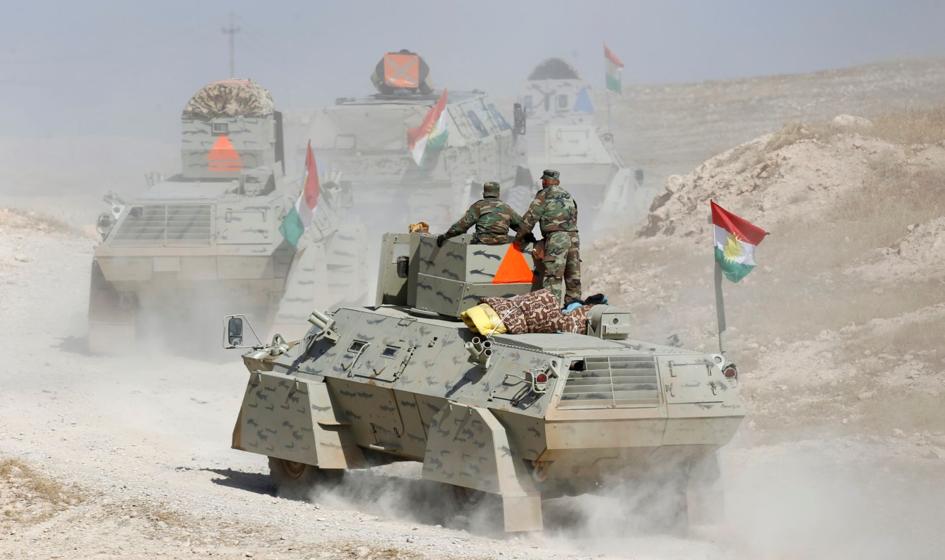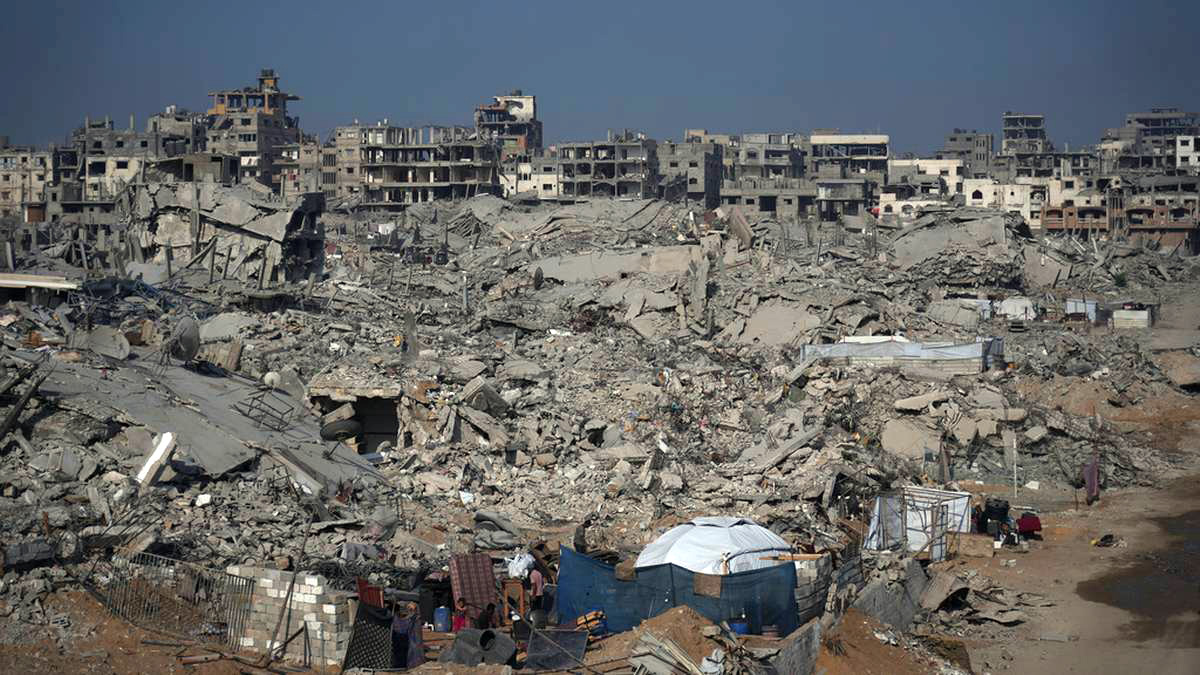The base in Redzikow is expected to be part of a shield against threats flowing from outside Europe. However, I have the impression that the originator of the American shield from the beginning in numbers took into account Russia and the hazard of revival of its power ambitions," says Prof. Rafał Kopieć of the Department of safety of the global University of the Committee on National Education in Krakow.
What do you think your rocket shield base is? Is that a political motion or a real reinforcement in terms of the possible for deterrence?
Prof. Rafał Kopieć: These issues cannot be dealt with separately. Building a base clearly strengthens US military engagement in Poland. NSF Redikov crew (Naval Support Facility), although comparatively few, will be stationed permanently. Additionally, the installation itself located on Pomerania has a advanced material value. So on a political level, it is simply a clear signal that the United States treats Poland as an crucial ally, while they think about cooperation in long-term terms. The military aspect is even more important. With the installation in Redzikow Poland, it was under an American rocket umbrella. The Aegis Ashore strategy importantly strengthens our protection against possible external impact. First of all, from Russia.
Only for years, the Americans have assured that the mark of the rocket shield they are building in Europe is different...
It's true. The shield was intended to combat threats arising outside the Euro-Atlantic area, in peculiar from Iran. It is to defend Europe from them and US troops deployed on the continent. The Americans, of course, are not withdrawing from this, all the more so due to the fact that Iran is trying to make a atomic program and, by the way, is working on improving rocket weapons. In my opinion, the hazard of hitting the Iranian army against targets in Europe has remained low for years. Iran does not have adequate resources to provoke a cross-regional conflict. In addition, it faces a deep socio-economic crisis. Among the elites there is clearly a syndrome of the besieged fortress, and the powerful rhetoric hides an expanding fear of the state's survival. But even abstrahing from the possible threat from Iran, I have the impression that the originators of creating the American shield from the beginning in their calculations have taken Russia into account and the hazard of restoring its powerful ambitions. And seemingly they didn't miscalculate.
But let's halt at the shield for a moment. How does it work?
First of all, it should be remembered that the base in Redzikow is an component of a broader assumption. The American rocket shield consists of respective floors. The highest form GBI missiles deployed to the continental part of the US and supporting their early informing radars, which are found among others in Greenland and the United Kingdom. Lower floors are created by Aegis systems, as well as mobile THAAD systems. The second include both interceptor missiles and AN/TPY-2 early informing radars with very advanced capabilities, providing data besides for Aegis systems. In the context of threats from the mediate East, it is crucial that specified radars are located in Turkey, Israel and Qatar.
The Aegis strategy was built with ships in mind. It was installed on board Ticonderoga cruisers and Arleigh Burke destroyers, as well as on Japanese, South Korean, Australian, Spanish, and Norwegian ships. US ships are periodically sent to the waters around Europe, where they execute rocket defence tasks. The base for them is the port of Rota in Spain. The Aegis Ashore strategy is in turn a ship's strategy transferred to land. specified a strategy operates in Romania, where the base of Devesel is located, and now it is started in Poland, right in Redzkov.
And focusing on the Reds...
The base features a stand-alone radio-location station with long-range AN/SPY-1D(V) radar, 24 Mk41 vertical launchers and Block II A SM-3 rockets for combating ballistic missiles. It's a "hit-to-kill" weapon. It does not contain an explosive charge, but the mark destroys with kinetic force, simply hitting it. SM-3 was designed to combat rockets that decision beyond dense atmosphere layers. In theory, these may be intercontinental missiles, but in the event of a possible atomic war between the US and Russia, they will fly not so much over Europe but over polar areas. It is so more likely that medium-range and intermediate-range rockets will be the mark for SM-3, capable of overcoming the distance between 500 and 5500 km.
Ballistic missiles are regularly utilized even in the ongoing war in Ukraine.
That's right, just mention Russian Iskanders and Kinjals, which, due to the developed speed, causes Ukrainian anti-aircraft defence quite a few problems. But of course it's not over. Ballistic missiles were besides utilized during the current conflict in the mediate East. And that's where the SM-3 version of Block IIA had its conflict debut. It happened in April that year, during a massive attack Iran for facilities in Israel. Then respective specified rockets were launched from the U.S. Navy destroyers. They were targeted by Iran's Emad ballistic missiles with a scope of 1,700 km. The operation was successful – the capture of at least six Iranian missiles.
So we could see how effective this weapon can be and how crucial it can be for the safety of Poland. This early informing radar is equally crucial from our point of view. It consists of 4 walls facing 4 sides of the world. Its antennas supply constant peripheral surveillance. They importantly increase the alleged situational awareness, allowing a fast reaction in case of danger.
The question is, how will Russia respond to the launch of the base in Redzikow? Russian politicians have repeatedly stressed that installation is simply a blow to its safety.
Probably Russia will proceed to do what it already does. It will make the possible of average and intermediate scope missiles. In the late 1980s, this process was hampered after the US and the USSR concluded the INF Treaty. It assumed the complete decommissioning of rockets of this kind in Europe. Except the treaty is no longer in force.. The Russians have been bypassing his records for any time now, so the Americans simply came out of this agreement. Now both sides are trying to replenish their arsenal.
To be honest, though, I wouldn't worry about the Kremlin's reaction, whatever it might be. There are sometimes voices among European politicians that this or any another movement can irritate Russians and, consequently, lead to an escalation of tension. Meanwhile, Russia does not care at all about this kind of reckoning. If she wanted and could attack the Alliance, she would do so regardless of the conciliation gestures and self-restrictions he would impose on himself. That is why the more installations we have in Europe, specified as those in Redrick, we can feel more safe and safer.









